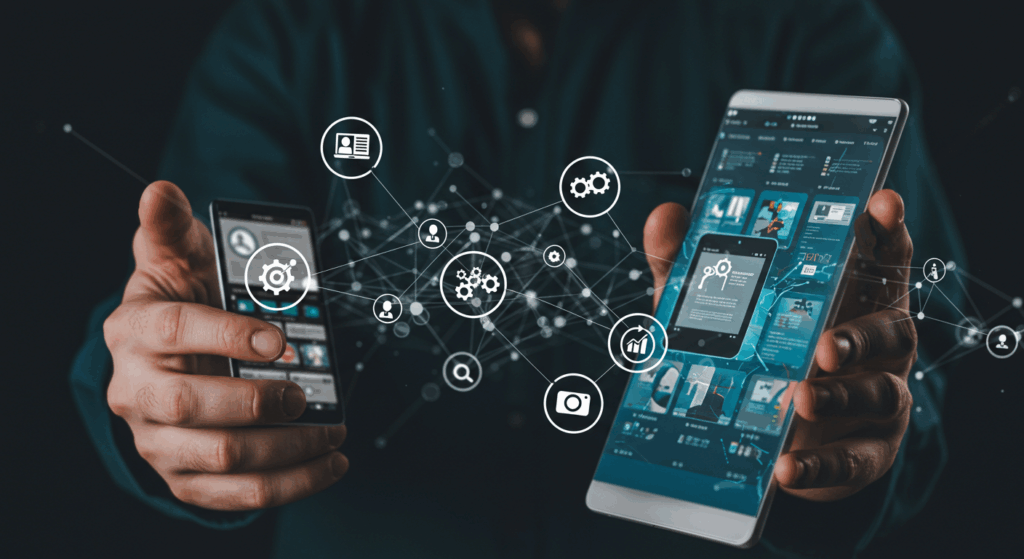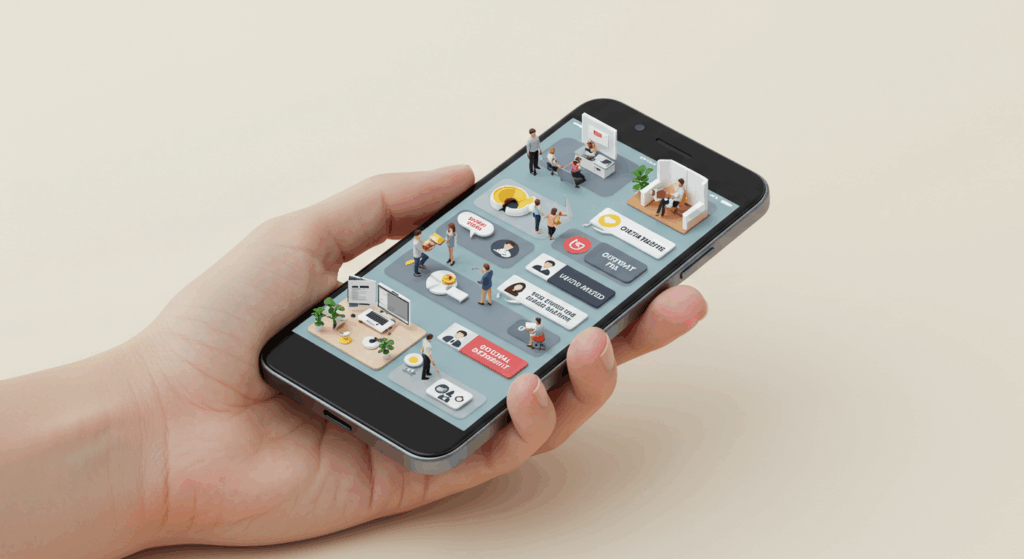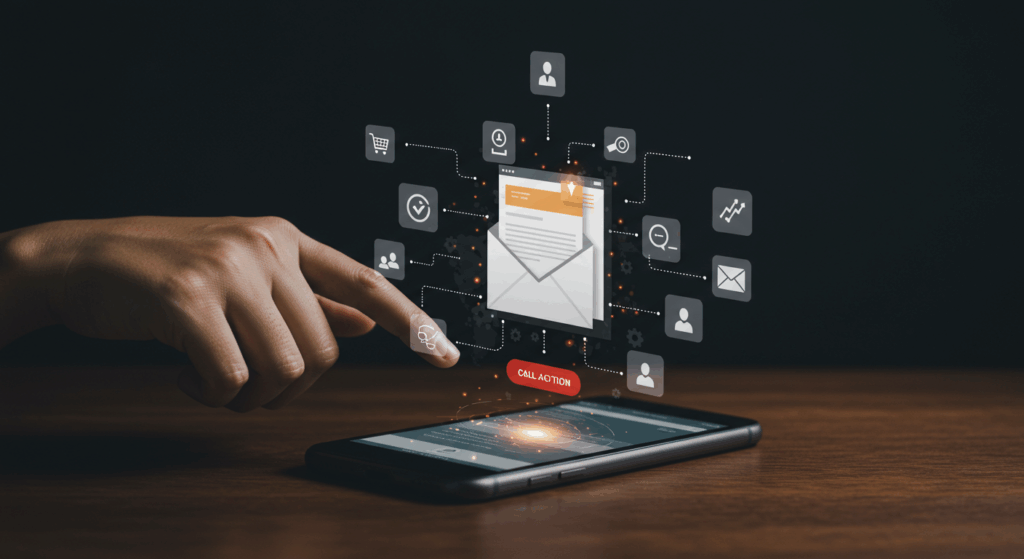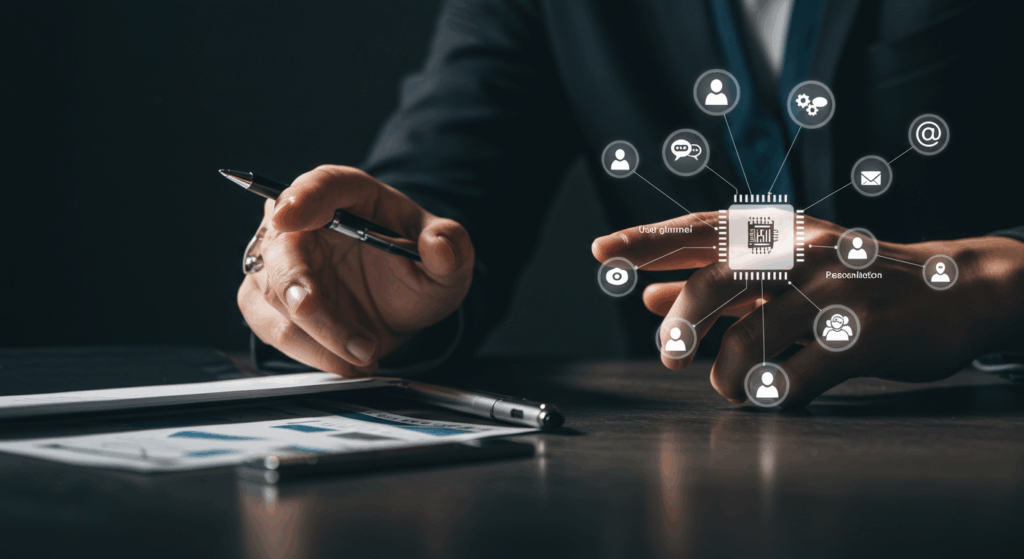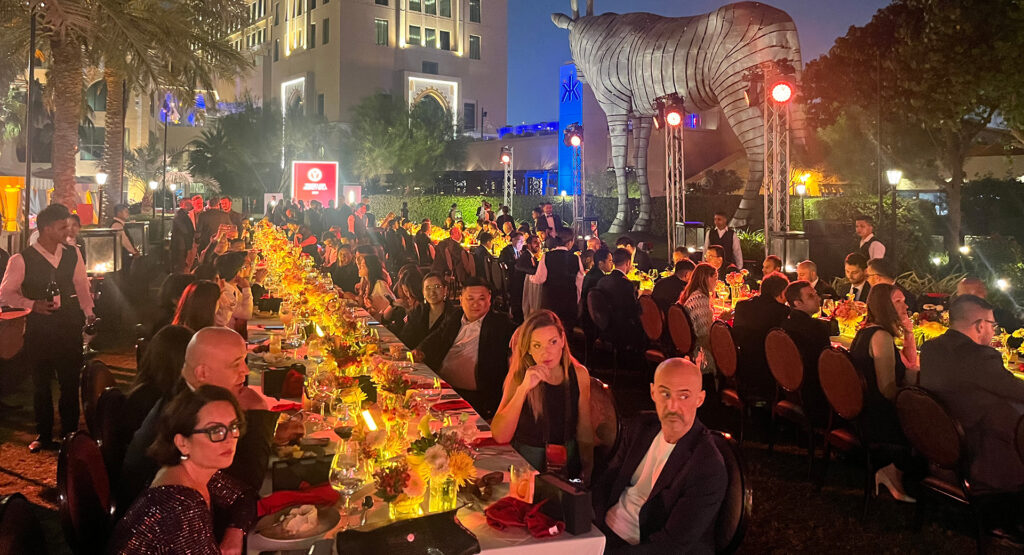The proliferation of the digital world and its interconnectedness are driving a transformation in the advertising and marketing strategies of companies through the increasing use of artificial intelligence (AI).
Even market giants in the food industry like Nestlé or consumer goods giants like Unilever are actively employing generative AI, represented by ChatGPT and DALL-E, to optimize their internal processes, reduce costs, and achieve greater productivity. The way advertising content is generated and disseminated has undergone a significant evolution with this transformation. Thanks to its ability to analyze previous information, generative AI is capable of generating original content such as texts, images, and even computer code. In contrast to other forms of AI that only classify or identify information, generative AI aims to generate fresh and appropriate content.
The use of this technology represents a promise for many companies to have efficient and accessible tasks for promoting products and services. Marketing teams envision the possibility of faster campaigns, at a lower cost, and with virtually unlimited creativity.
The growing investment in generative AI is motivated by the firm belief that it has the potential to drastically transform the field of advertising. Marketers admire that artificial intelligence can change the conventional way products are introduced to the market. The use of AI in the field of marketing goes beyond simply creating ads, as it also allows for trend identification and personalized messaging, thus becoming an invaluable resource.
WPP, the world’s largest advertising agency, is leading this change. They engage in collaboration projects with major companies such as Nestlé and Mondelez, where generative AI is implemented in innovative advertising campaigns. Mark Read, CEO of WPP, explains how this technology has enabled significant savings compared to traditional approaches. There can be up to a 20-fold increase in savings, says Read, mentioning cases where the expense of filming ads in real locations has been avoided through virtual creation.
In India, the partnership between WPP and Mondelez stands out as a notable case. Together, they created an AI-driven Cadbury campaign featuring Bollywood star Shah Rukh Khan.
While generative AI exhibits vast potential, it also poses challenges. It is important to address concerns about security, copyright, and potential biases in the generated information. Human supervision is still considered by numerous companies as an essential element to ensure the quality and integrity of content produced by AI.
An exciting turning point is marked in the advertising world with the advancement of generative artificial intelligence. As influential advertisers appreciate the advantages and challenges at play, it becomes clear how generative AI is shaping the future of the advertising industry, ushering in a fresh era of inventiveness and productivity.
